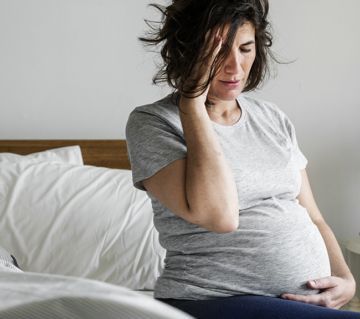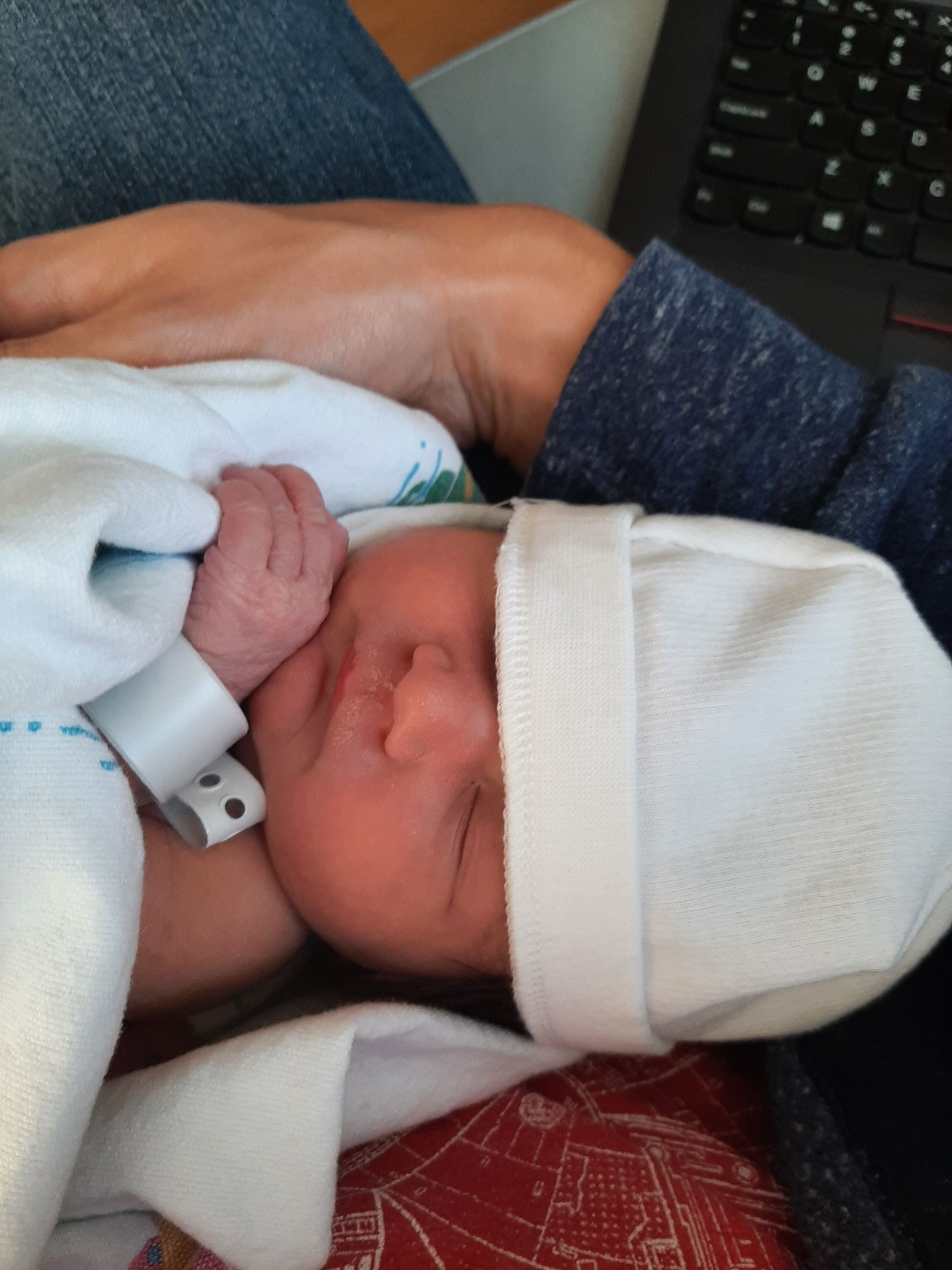C-section Recovery – 4 Quick Tips To Help You Prepare
Many women and couples who have experienced Cesarean birth verbalize that they wish they’d been prepared with more resources for recovery before their C-section, especially if it was unplanned.
Here are 4 ways to prepare ahead of time for C-section recovery
1. Stock up on padsicles
If you labor or have a vaginal birth, these are essential for reducing perineal swelling. If you have a C-section, place these over the incision a few times a day for a couple of weeks to a couple of months to facilitate healing. A great time to do this is while feeding your baby! Get the padsicle recipe here.
2. Practice the 3 key postpartum movements while still pregnant:
the squat, the hip hinge, and the log roll.
While it isn’t recommended to exercise until cleared by your clinician after birth, let’s imagine where these movements are useful.
• Use leg muscles to squat into and out of the car rather than curling the back.
• Hinge at the hips to lift light objects or carry your baby.
• Log roll when turning in the bed or sitting up from the couch.
Learning proper movements eases discomfort and protects your core, your trunk, and your pelvic floor as the C-section site heals. This also prevents injury down the road because you’re using the right muscles for the job rather than compensating out of discomfort. Practicing the key movements before birth can help with muscle memory! Ask a clinician or physical therapist if you need instruction.
3. Choose some postpartum compression pants and a nursing pillow for bracing.
You will likely experience some pain with coughing, sneezing, or straining for a few weeks. Compression against the scar will help with day-to-day straining as well as keeping clothes from rubbing against the healing incision.
4. Find a fragrance-free soap that you know won’t irritate your skin.
You will be advised to start cleaning around the incision pretty early on. It can take some getting used to!
Even a few small preparations can be empowering in the process of recovery! As always, remember that whether or not you are planning a C-section, your Reply clinician is available to address all of your questions or concerns.











